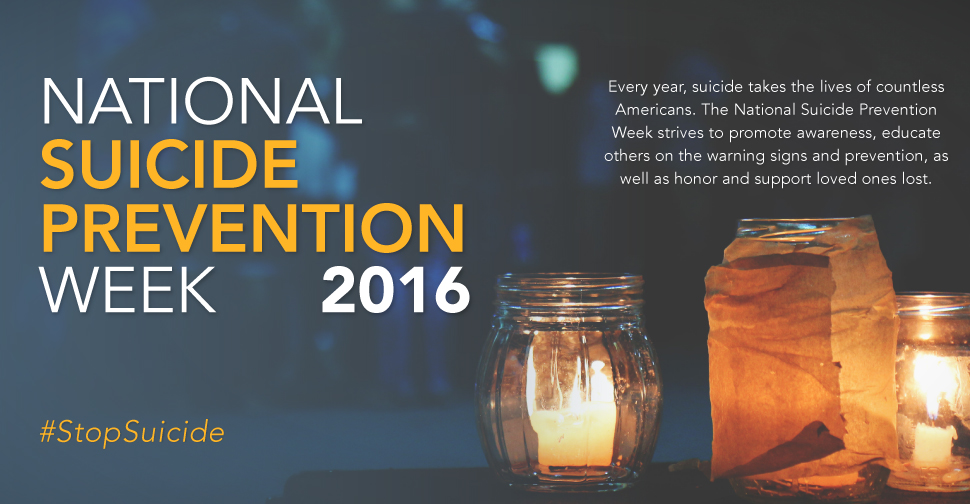
Within the United States, suicide takes the lives of countless Americans every year. According to the CDC, this is rising, from 1999 to 2014, the age-adjusted suicide rate rose 24%, this increase occurred in both males and females, with suicide ranking as the tenth cause of death in 2014, totaling 42,773 deaths within that year.
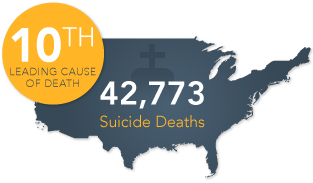
Typically, suicide was highest in young people and those over 65, however, the CDC’s report also noted that it is increasing in middle aged individuals. In order to combat this devastation across all age groups, a growing awareness and outreach is occurring, culminating in National Suicide Prevention Week.
What Is National Suicide Prevention Week?
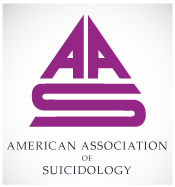 Each year, professionals, communities, individuals, survivors, and families—both of survivors and those who have lost their life to suicide—band together to promote education and awareness, with a mission of increasing suicide prevention. This campaign, as sponsored by the American Association of Suicidology (AAS), works towards unifying health providers and the general public in an ongoing commitment towards prevention paired with an increased understanding of the warning signs of suicide.
Each year, professionals, communities, individuals, survivors, and families—both of survivors and those who have lost their life to suicide—band together to promote education and awareness, with a mission of increasing suicide prevention. This campaign, as sponsored by the American Association of Suicidology (AAS), works towards unifying health providers and the general public in an ongoing commitment towards prevention paired with an increased understanding of the warning signs of suicide.
Chances are, that you have either knowingly, or unknowingly encountered a person that has at some point contemplated or even attempted suicide. This prevention week seeks to alleviate the stigma and misconceptions that surround suicide in order to provide both those that need help with better access and support, and those that surround them with greater skills and recognition in recognizing and handling this dire situation.
 Centered within this is an international declaration of solidarity and commitment—every year on September 10th, the International Association for Suicide Prevention (IASP) and their co-sponsor, the World Health Organization, holds the World Suicide Prevention Day.
Centered within this is an international declaration of solidarity and commitment—every year on September 10th, the International Association for Suicide Prevention (IASP) and their co-sponsor, the World Health Organization, holds the World Suicide Prevention Day.
How Can You Integrate This Into Your Life Or Community?
This is not simply something that you read about, it is something that was created to be proactive, dynamic, and adaptable to the demands and lives of communities and individuals that want to support and engage each other in suicide prevention and education.
To do this, numerous tools have been created, including a graphic that can be posted on social networking sites to show your unity and support, an information and media kit, that will help you to create and publish offerings within your community, various hashtags to promote and connect people, and fundraising and event ideas.
Certain groups are already poised to be in a position to host these events, due to their already established modes of outreach and their larger access to the community, as suggested by the AAS, these include, schools, hospitals, private treatment facilities, community mental health centers, and churches.
Some communities hold candlelight vigils to encourage awareness and honor those that have taken their lives; others may hold fundraisers such as walk-a-thons and relays, craft bazaars, bake sales, or car washes, to raise additional funds to support further programs and incentives; and some events may provide a forum for survivors, their families, experts within the field, and others to share stories, words of encouragement, and tools and resources that can further connect people in this important mission.
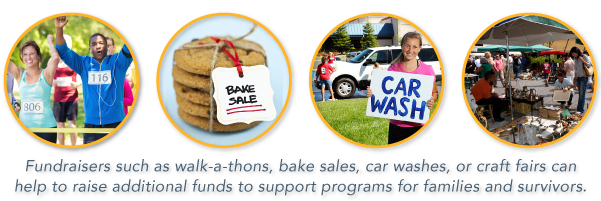
These outreach events are foundational for fostering momentum towards a greater consciousness of the risks, impact and prevention of suicide. Additionally, these gatherings allow people to share their unique narrative—including both struggles and triumphs—as a means to instill hope, perseverance, accountability, communication, and resources towards the common goal of reducing the number of lives that this travesty takes from our nation each year.
Sometimes just affirming your commitment to the cause can help to provide a venue for a conversation on the subject, an exchange that may even save a life. As a means to do this and support awareness, a variety of items are available for individuals and groups to use, these include ribbon pins, wristbands, printed materials, and webinars.
Substance Abuse And The Role It Has In Suicide
The causes of suicide may vary significantly from person to person, but according to a paper published by the Substance Abuse and Mental Health Services Administration (SAMHSA), “A growing body of studies has demonstrated that alcohol and drug abuse are second only to depression and other mood disorders as the most frequent risk factors for suicide.” Why is this?
First, individuals may commonly use drugs and/or alcohol as a dangerous and futile way of coping with underlying mental health disorders. As these co-occurring conditions go unchecked, and as each exacerbate the other, a person can fall farther into the dark spiral that these disorders may create.
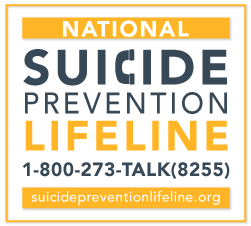 Secondly, drug and alcohol use and addiction may in some cases cause depression, or other mental health disorders that may lead a person towards these dangerous thoughts of self-harm and suicide. Not only this, but while a person is under the influence of these substances, the substance itself may imbalance them in a manner that fosters these suicidal thoughts. It is theorized that this paired with decreased inhibitions, reasoning, and impaired judgement may spurn a person towards this devastating decision.
Secondly, drug and alcohol use and addiction may in some cases cause depression, or other mental health disorders that may lead a person towards these dangerous thoughts of self-harm and suicide. Not only this, but while a person is under the influence of these substances, the substance itself may imbalance them in a manner that fosters these suicidal thoughts. It is theorized that this paired with decreased inhibitions, reasoning, and impaired judgement may spurn a person towards this devastating decision.
A growing body of evidence suggests that alcohol and drug abuse increases a person’s risk of suicide. SAMHSA quantifies this risk, citing that “In 2008, alcohol was a factor in approximately one-third of suicides reported in 16 states…in 2011, there was a 51% increase in drug-related suicide attempt visits to hospital emergency departments among people aged 12 and older.”
Treating substance abuse and addiction is a powerful took in preventing suicide, to the extent that the Whitehouse has issued the following statement within a publication on substance abuse and suicide prevention: “When we prevent or successfully treat substance abuse, we prevent suicides.”
Today, a wide-variety of rehabilitation programs exist that can help a person to combat these co-occurring conditions, so that they might regain mental and physical health, while learning to embrace their life again.
Don’t Be Silent, Raise Your Voice To Find Help, Health, And Wellness Today
If you have a loved one that is struggling, or if you’re feeling overwhelmed and you’re beginning to have dark thoughts that lead you towards notions of suicide, please seek help immediately.
If you need this help, or if you’re wanting to learn more about suicide, so that you can help to foster prevention, please inquire with our experts. Not only do  we understand the risks and warning signs of suicide, but we understand the vast impact that substance abuse and addiction can have. Don’t lose hope, our staff is compassionate and can help you towards regaining the desire to live, while helping to improve your chances of achieving wellness and sobriety. Contact us today at DrugRehab.org.
we understand the risks and warning signs of suicide, but we understand the vast impact that substance abuse and addiction can have. Don’t lose hope, our staff is compassionate and can help you towards regaining the desire to live, while helping to improve your chances of achieving wellness and sobriety. Contact us today at DrugRehab.org.
Sources
Centers for Disease Control and Prevention — Increase in Suicide in the United States, 1999–2014
Centers for Disease Control and Prevention — National Vital Statistics Report
American Association of Suicidology — National Suicide Prevention Week – September 5 – 11, 2016
American Association of Suicidology — National Suicide Prevention Week Information & Media Kit
Substance Abuse and Mental Health Services Administration — Suicide Prevention
